Disappear from the underrofent eyelid of Hubble?Which planet is so bold?The reason has been found
Author:Astronomy online Time:2022.06.25
This layman has disappeared from the observation of the Hubble telescope. Now we finally know the reason
The article introduced that astronomers found that the planet did not change as expected as expected when studying a planet named Fomalhaut in 2014, and it was speculated that it had previously studied its early research phenomenon in the Hubble Space Telescope in the early days. The picture may be the result of the collision of two asteroids.
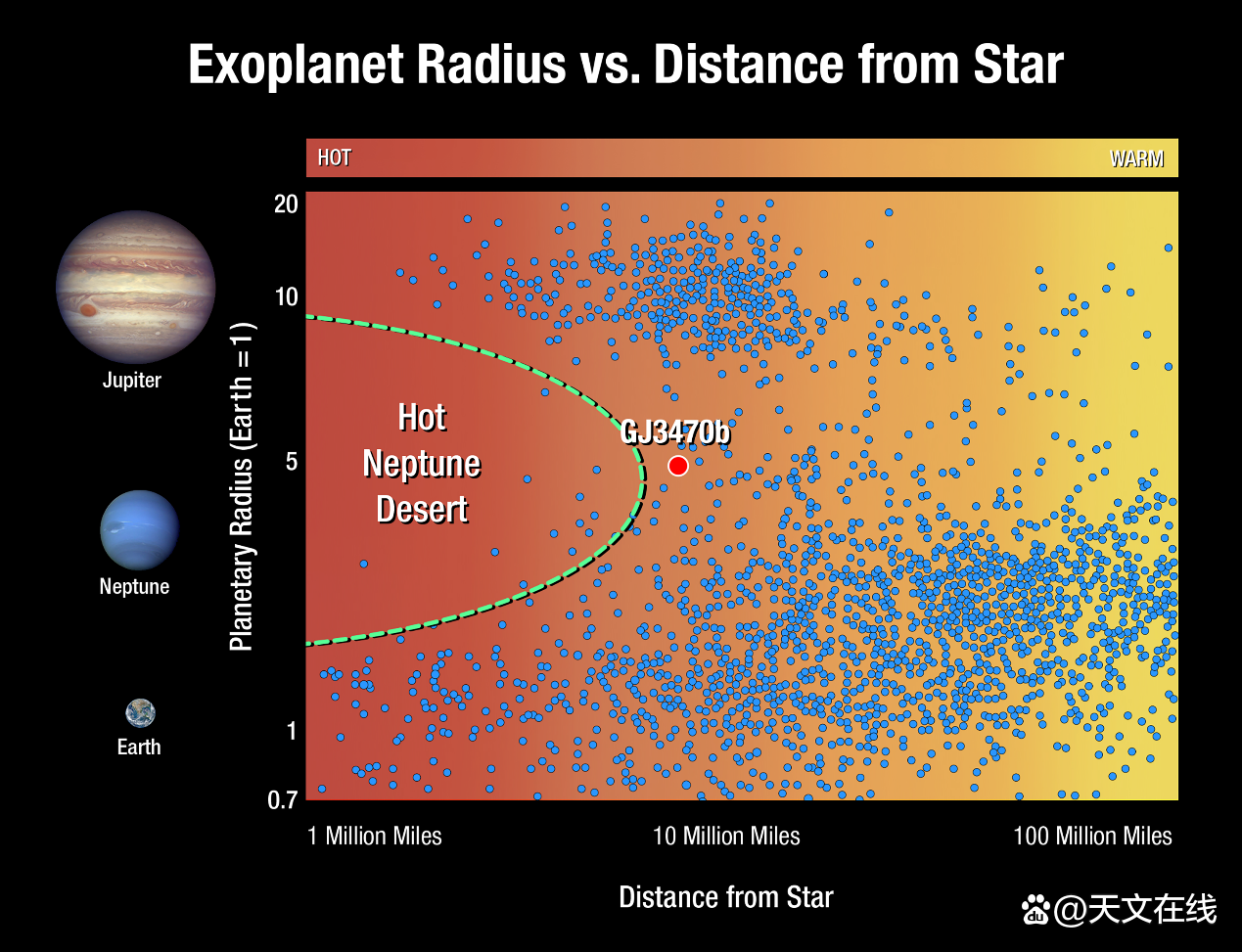
In 2004 and 2006, the Hubble Telescope captured some extraordinary things. Outside of 25 light years, there seems to be a planet around the star of the star north. This planet can actually be detected in the visible spectrum, which is too rare. Because it is usually too small, it is too dark to be observed by people.
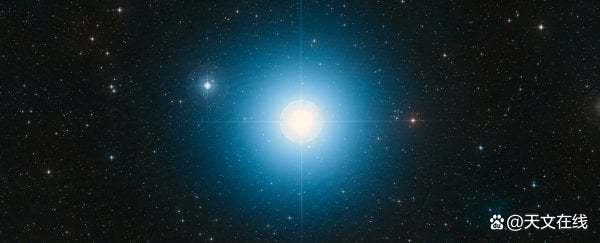
The official name of this celestial body is Bei Luo Shi Gate B or Dagon. It was announced for the first time in 2018 and was confirmed again in 2012. Scientists believe that it is a huge gaseous celestial body, surrounded by its main star revolution on a highly ellipse orbit, with a revolution cycle of 1700 years.
However, when the writers detected the photos returned by the Hubble Telescope in 2014 (these photos were never published), they were shocked. The planet that people expected to change, not just saying that the track has changed or how, but the whole disappearance from the air!
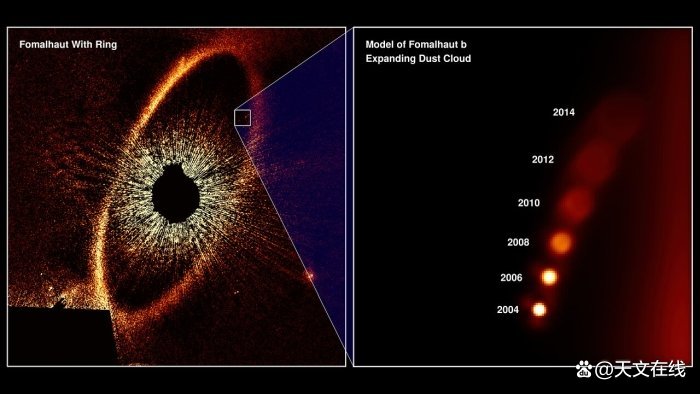
(Provided by the United States Aerospace Administration, European Space Agency and Kellas (P.kalas) (University of California Berkeley))
There is nothing in the place where this planet should be in the original place. As a result, astronomers concluded that the highlights in Hubble's photos were not exterior at all, but a more rare situation -two small small small small small small small small small small small small small small small small small small one small. The results of the planetary celestial body collision.
"This kind of collision is very rare. If we are really lucky to see, it is great." Said Adeerus Gaspar, a astronomer of Arizona, said, "We firmly believe that we use Hubble at the right time and correct place to use Hubble Harbal. Telescope witnessed this miracle "

The argument about whether Da Ji is really an exogenous planet has never stopped. The Bei Luo Division is a very young and star. It is only about 440 million years of history, and it is a ice ring composed of dust and gas. Siege, this ring is the residue of the arched star disc.
This means that all planets around this star should be very young, so they should have a relatively high surface temperature and emit infrared radiation. However, scientists not only detect infrared radiation emitted from Da, but even the unusually bright blue visible light. This is obviously conflicting with our perception of planets.
In order to explain these weird things, astronomers have proposed that the planet may be shrouded in a huge aura or dust cloud, or this is a planet with a huge halo system in itself. Some people even think that Da may be a neutron star.
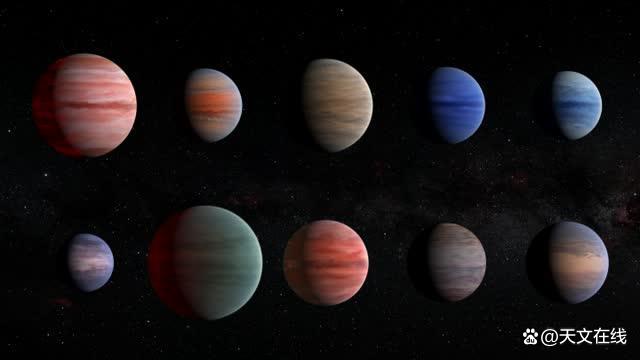
But all these explanations have not given us a good conclusion. There is still a huge problem that follows: the orbit of Da Xing seems to pass through the fragments around the star, but not like other planets like other planets Gravity interference is generated for this fragmented ring. Therefore, scientists are still watching this system.

(Provided by the US Aerospace Administration, the European Aerospace Administration, Gaspar and Rick (University of Arizona))
"Our research analyzes all the Hubble file data of Beisuo Division B, which includes the latest photos taken by Hubble Telescope. Several features revealed by the photos are pointing to a result -in this place, it may never be always never. There is no planetary celestial body, "Gaspar said.
When they discovered the shocks of Da Jie in Hubble in 2014, Gaspar and his colleague Georgy Rieke at the University of Arizona hurriedly checked the previous observation results.
They were surprised to find that the light spots at this position gradually darkened over time. This is directly contradictory with the 2012 research. Research in 2012 found that the brightness of celestial bodies in different observations has not changed significantly. It is this result that it is a pioneer.
"Obviously, the performance of Beichang Division B is very different from the real planet," Gaspar said.
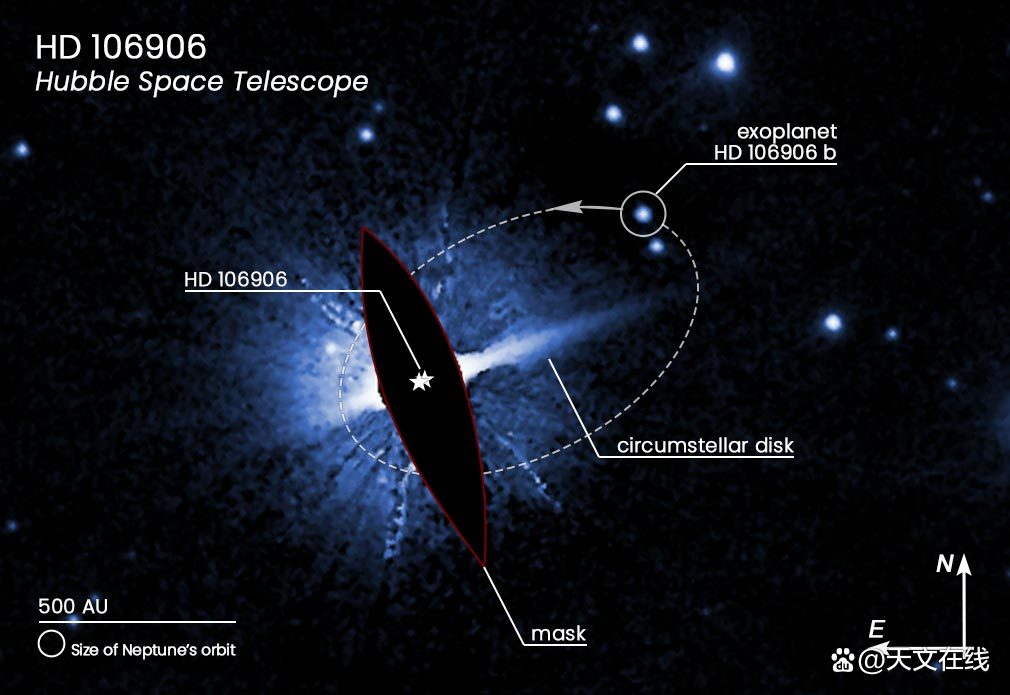
According to their data analysis, Gaspar and Rick believe that the star collision they proposed should occur shortly after Hubble's first photo taken in 2004. The diameter of these two celestial bodies is about 200 kilometers (125 miles), and may be composed of rocks and ice like comets in the solar system.
The two celestial bodies merged in a huge collision and were visible for a time, but gradually spread and disappeared over time. Until now, the remaining things are too small that it cannot be captured by the Hubble Telescope. It is unlikely to continue tracking and investigation.
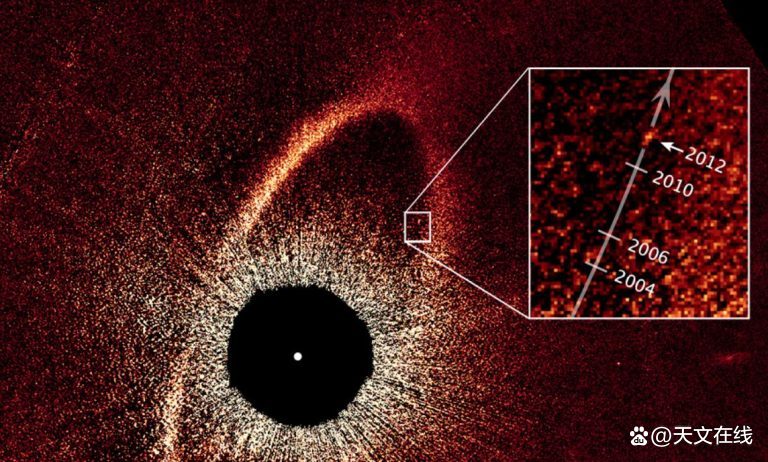
However, from the data point of view, the research team is convinced that the residue does not surround the star movement at all.
"There is a huge dust cloud that has been born recently, which is undergoing radiation from the leading star from the North Luo Division. This dust cloud will appear on this escape orbit," Gaspar explained. "Our model can be naturally naturally naturally naturally. Explain all independent system observation parameters. That is, the expansion rate, attenuation rate and escape track of this system. "
This result was published in the American Academy of Sciences (PNAS).
by: Michelle Starrfy: Fan Rui sauce
If there is related content infringement, please contact the author to delete after the work is released
Reprinted, please obtain authorization, and pay attention to maintaining integrity and indicating the source
- END -
Very rare!Just tonight, don't miss it!
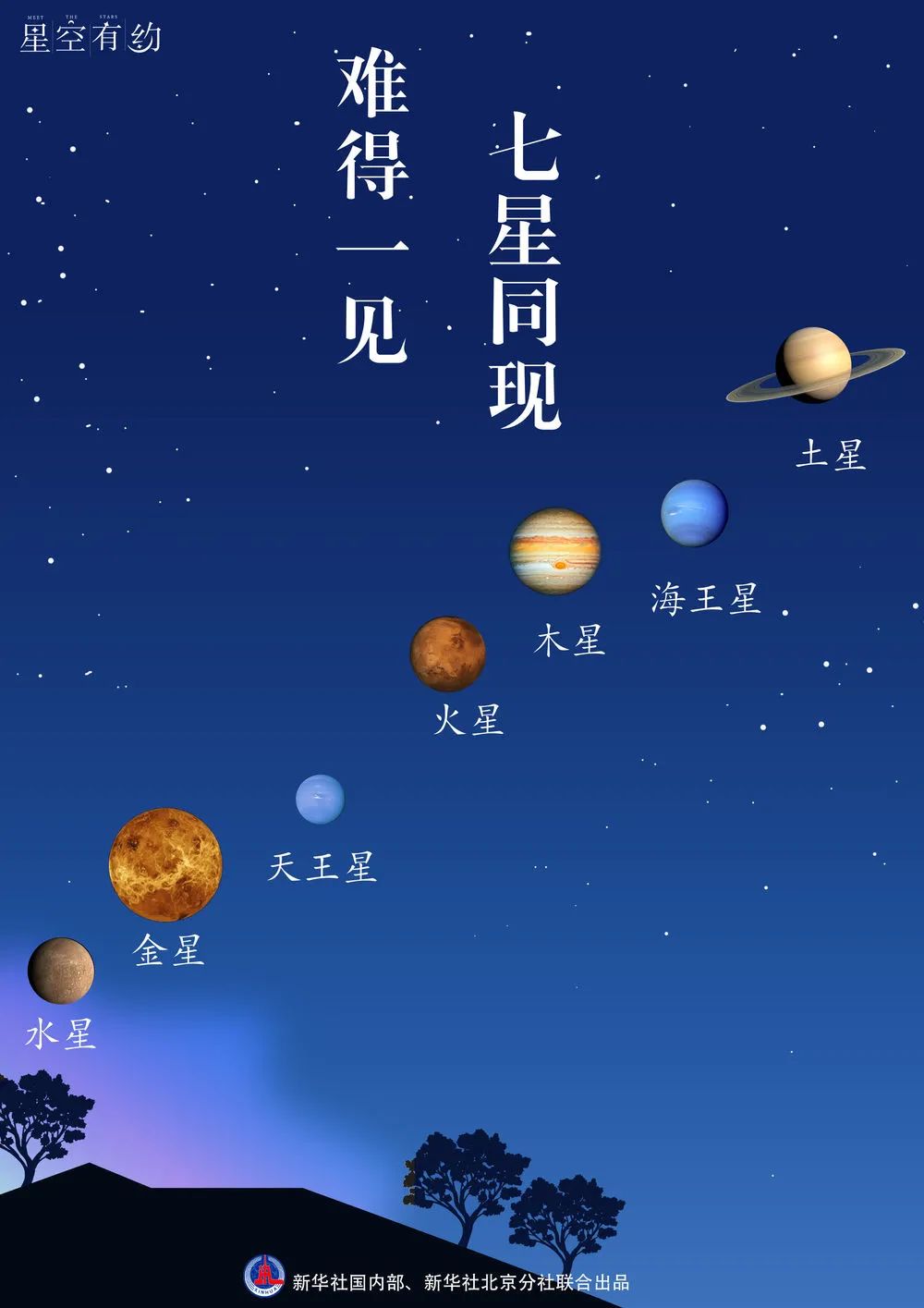
According to more than ten days after June 16th, before sunrise, Venus, King Star,...
The 192 mobile phone number is here!China Radio and Television 5G is here!

The 192 mobile phone number is here!China Radio and Television 5G is here!NowHubei...